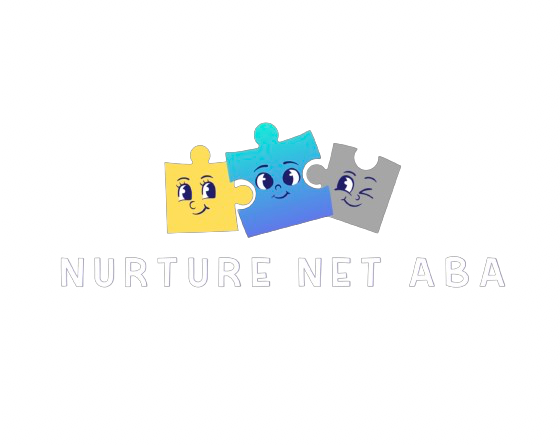MEASUREMENT
The "Measurement" section of the Registered Behavior Technician (RBT) exam focuses on assessing your understanding of various measurement techniques commonly used in behavior analysis. This section is crucial as accurate measurement is fundamental to behavior analysis and crucial for monitoring progress and making data-driven decisions in behavior intervention programs.
Here are some topics you may encounter in the Measurement section and the material you need to know:
-
Types of Measurement
Understand the difference between continuous and discontinuous measurement, as well as the advantages and disadvantages of each type.
-
Data Collection Methods
Familiarize yourself with various data collection methods such as frequency recording, duration recording, latency recording, and event recording. Know when each method is appropriate and how to implement them accurately.
-
Measurement Procedures
Learn about how to set up and use measurement tools such as tally counters, timers, and digital data collection devices. Understand how to ensure reliability and validity in your measurement procedures.
-
Graphing Data
Understand basic graphing techniques used in behavior analysis, including how to plot data points accurately and interpret graphs to analyze trends and patterns in behavior.
-
Interobserver Agreement (IOA)
Understand the concept of interobserver agreement and how to calculate it. Be familiar with different methods for calculating IOA, such as total agreement and point-by-point agreement.
-
Response Interruption/Redirection
Understanding techniques for interrupting or redirecting challenging behaviors as they occur.
-
Measurement Accuracy
Understand factors that can affect the accuracy of measurement, such as observer drift, reactivity, and measurement error. Learn strategies for minimizing these factors to ensure accurate data collection.
-
Data Display and Interpretation
Know how to organize and present data effectively using tables, charts, and graphs. Understand how to interpret data to make informed decisions about behavior intervention strategies.
